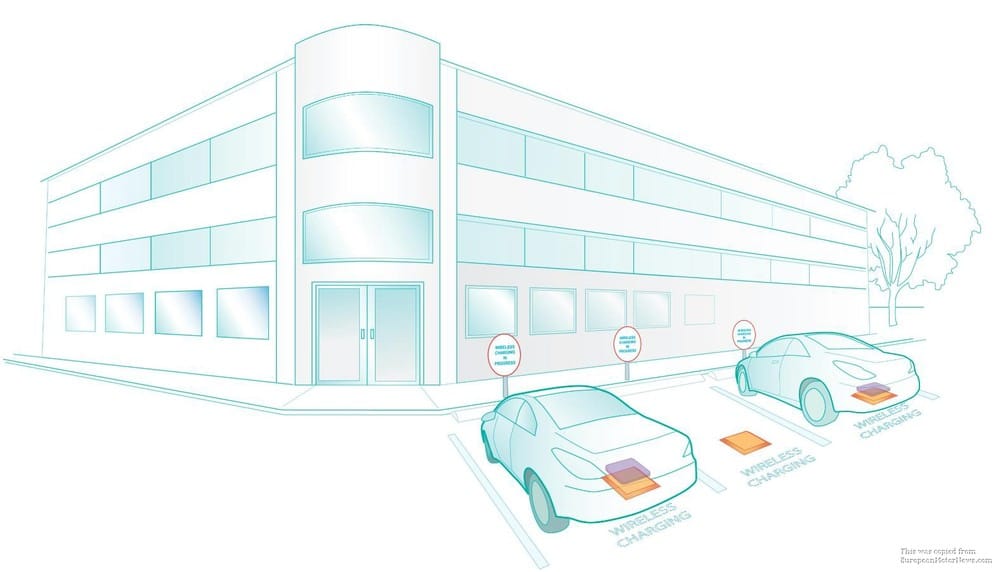Electricity through the air
Is this the moment for wireless electricity?

Cables, chargers everywhere. You’ve got one for your phone, another for your laptop, more for those multiple alarm clocks that get you out of bed in the mornings… the list goes on. And while we can transfer so much wirelessly these days – our keystrokes and mouse movements, our voices and even our internet – power is something still constrained to those same cables we seek to banish.
Well, mostly - charging by induction has been around for some years now. This technology (based on electromagnetic induction – using an electromagnetic field to produce a current in a nearby wire) is quite widespread, but also has a very short range. It’s been the preferred charging medium for electric toothbrushes for as long as I can remember, and more recently it can be found on those “wireless charging pads”. But the farthest you’ll generally see it reaching is to activate RFID chips/NFC tags, and they only work from 2 – 3 centimetres away. Also, inductive chargers are usually slow and inefficient – not exactly desirable traits.
So for most applications, inductive power is next to useless. You don’t want to have to sit with your laptop within 3 centimeters of your plug socket – it’s just not practical. On top of that, most inductive chargers are attached to the power by a cable anyway, so you’re really not gaining much. Enter WiTricity. As you may have guessed, the name derives from ‘wireless electricity’ and that’s exactly what it aims to deliver.
Research into this technology started at MIT back in 2007, and was demonstrated two years later. Since then, not much has happened, but Toyota this year made an investment into the project. So hopefully we should be seeing some advances in it soon. In fact, in a statement made in the last couple of weeks, Toyota, Mitsubishi and the company behind WiTricity announced that they will be looking to use the technology to charge electric cars wirelessly while parked. Already it seems WiTricity is being applied to real practical issues, which should really kick-start development.
But how does it work? Instead of induction, WiTricity uses electromagnetic resonance to transfer power wirelessly. No actual electricity is sent through the air, instead you have a transmitter and a receiver set at identical frequencies, allowing the transmitter to use magnetic fields to transfer energy to the receiver. Parts of it do sound quite similar to inductive charging technology, but the variances do make all the difference.
Indeed, WiTricity basically makes up for the other technology’s shortcomings. Where induction has a debilitating short range, WiTricity has been proven to work at distances of between 3 – 5 metres, and even when something is blocking direct line-of-sight between the transmitter and receiver. Additionally, a spokesman for the company has said that, while 90% efficiency has been shown, they could limit transfer loss to a maximum of 3%. And with a quoted figure of 3.3 kilowatts of power being transferred using the technology, albeit over a smaller distance, it seems this technology has all its bases covered.
It all sounds pretty good, but there must be same drawbacks. Looking at those figures, it seems a careful balance between power and range must be achieved, so as to still be useful. And as much as the company assures us that it’s perfectly safe, and all electromagnetic radiation levels fall safely under the FCC’s limits, there will always be those who distrust it. All in all though, WiTricity looks like it could revolutionise the way we get power to our many devices.








